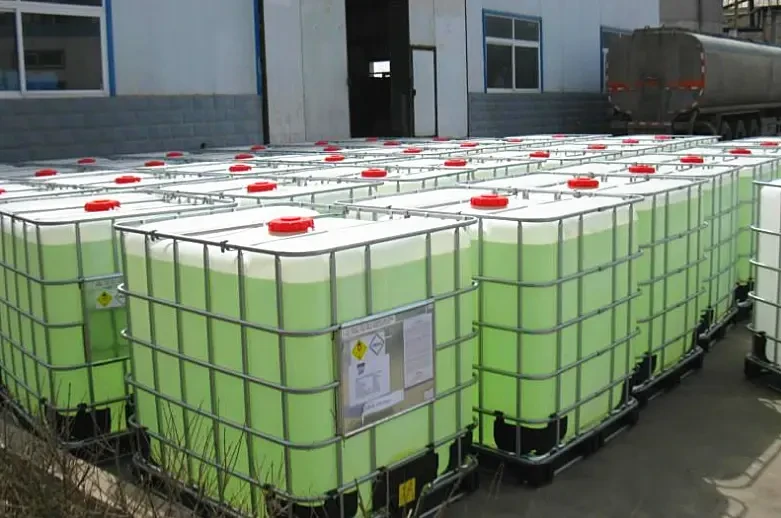Borehole Water Treatment Chemicals An Overview
Borehole water is an important source of freshwater, especially in rural and semi-urban areas where traditional water supply systems may be lacking. While borehole water can be rich in minerals and provide excellent hydration, it often contains various impurities that necessitate treatment. The treatment process can involve a variety of chemicals designed to purify the water and make it safe for consumption. This article will explore the key chemicals used in borehole water treatment and their roles.
The Need for Water Treatment
Borehole water may contain biological contaminants, such as bacteria and viruses, as well as chemical impurities, including heavy metals, nitrates, and sediments. These contaminants can pose serious health risks, making water treatment essential. The specific treatment required can depend on the water's initial quality and the intended use.
Key Chemicals Used in Borehole Water Treatment
1. Chlorine Chlorination is one of the most common methods for disinfecting water. Chlorine is effective against a broad range of pathogens and is typically added to water supplies to render them safe for drinking. It can be used in liquid form or as tablets, and while it effectively kills bacteria, it can produce harmful byproducts if not used carefully.
2. Coagulants Substances such as aluminum sulfate (alum) or ferric chloride are commonly used as coagulants to treat turbidity in water. These chemicals help gather small particles together into larger clumps, making them easier to remove from the water during sedimentation or filtration processes. Coagulation results in clearer water and reduces the load on subsequent filtration processes.
3. pH Adjusters The pH level of borehole water can significantly influence its taste and safety. Calcium carbonate or sodium hydroxide may be used to raise the pH, while sulfuric acid is often employed to lower it. Maintaining an optimal pH level is crucial for preventing corrosion in pipes and ensuring the effectiveness of other treatment chemicals.
borehole water treatment chemicals

4. Flocculants After coagulation, flocculants help to further aggregate the clumped particles into larger flakes that can easily be removed. Common flocculants include polyacrylamide. They enhance the efficiency of the sedimentation process, leading to cleaner water.
5. Activated Carbon This chemical is often used for adsorption, where impurities stick to the surface of the carbon. Activated carbon is particularly effective in removing chlorine, volatile organic compounds, and some heavy metals, significantly improving the taste and odor of the water.
6. Ozone Ozone treatment is another powerful disinfection method. It is more effective than chlorine in killing bacteria and viruses and breaks down organic contaminants. However, its unstable nature requires careful handling and immediate use after generation.
7. Fluoride In some regions, fluoride is intentionally added to water supplies for dental health benefits. However, the levels must be monitored to avoid negative health impacts from excessive fluoride intake.
The Importance of Monitoring and Regulation
The use of chemicals in borehole water treatment must be carefully monitored to ensure safety and compliance with health regulations. Overuse or incorrect application of these chemicals can lead to secondary contamination, making the water unsafe to drink. Regular testing of treated water is essential to confirm that it meets health standards for consumption.
Conclusion
Borehole water treatment is a vital process that involves various chemicals and considerations to ensure the provision of safe drinking water. By employing the right combination of chemicals, communities can optimize their water quality and protect public health. Understanding these treatment chemicals and their applications is essential for anyone involved in water management and quality assurance.

